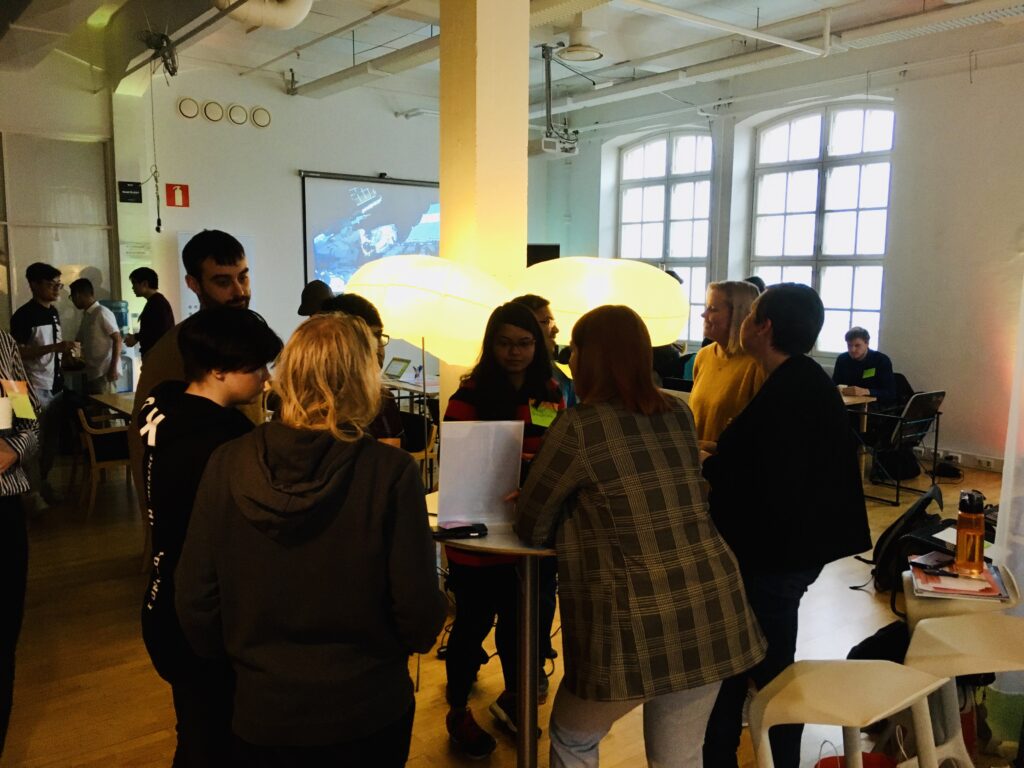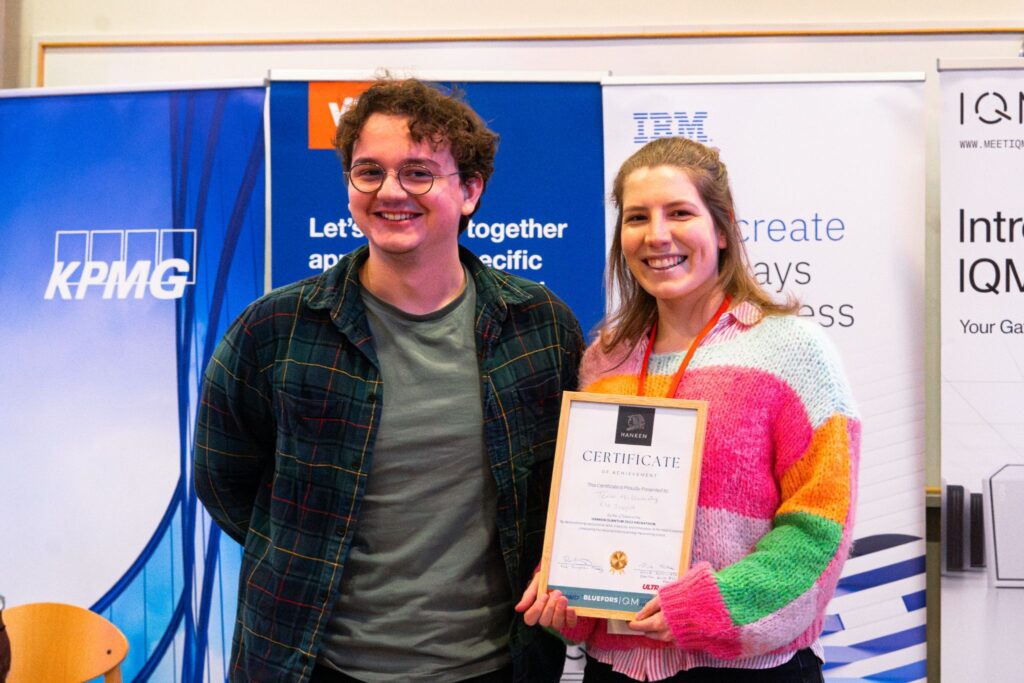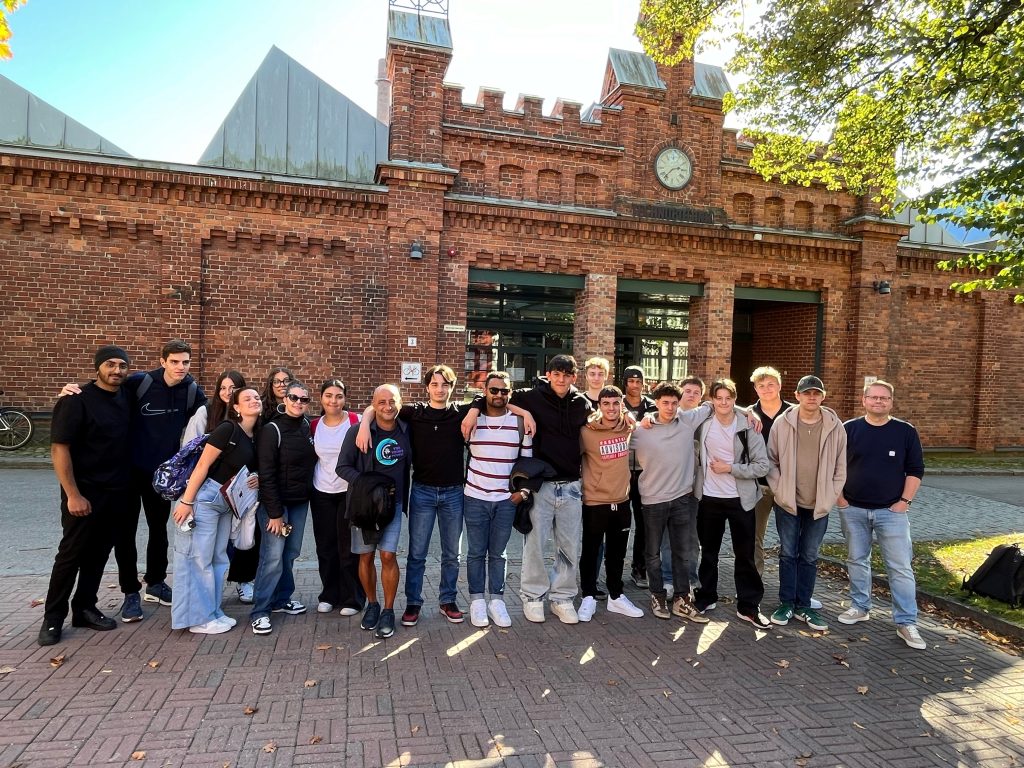The world’s largest space & Earth hackathon, The NASA International Space Apps Challenge, is back!
During the hackathon, teams engage NASA’s and its Space Agency Partners’ free and open data to address real-world problems on Earth and in space.
We’re looking for:
- Participants of all backgrounds – problem-solvers, innovators, coders, designers, entrepreneurs, and curious minds
- Collaboration partners: keynote speakers, workshop hosts, mentors, experts, jury members, and support staff
The event will be hosted in-person. We will be providing coaching for team building/idea building, data research and application development by our on site experts, so this is a great event for learning new things too.
Please bring your own laptops, electronics etc. with you to tackle the challenges. We have basic hobby supplies available on site.
👉 Registration is open here.
If you are interested in making the event happen, please contact the local lead Jari Ratilainen (jari.ratilainen@vamk.fi) for more details.
The Space Apps Vaasa event is organized within the AuroraSpace EU Interreg Aurora project together with West Coast Startup.




